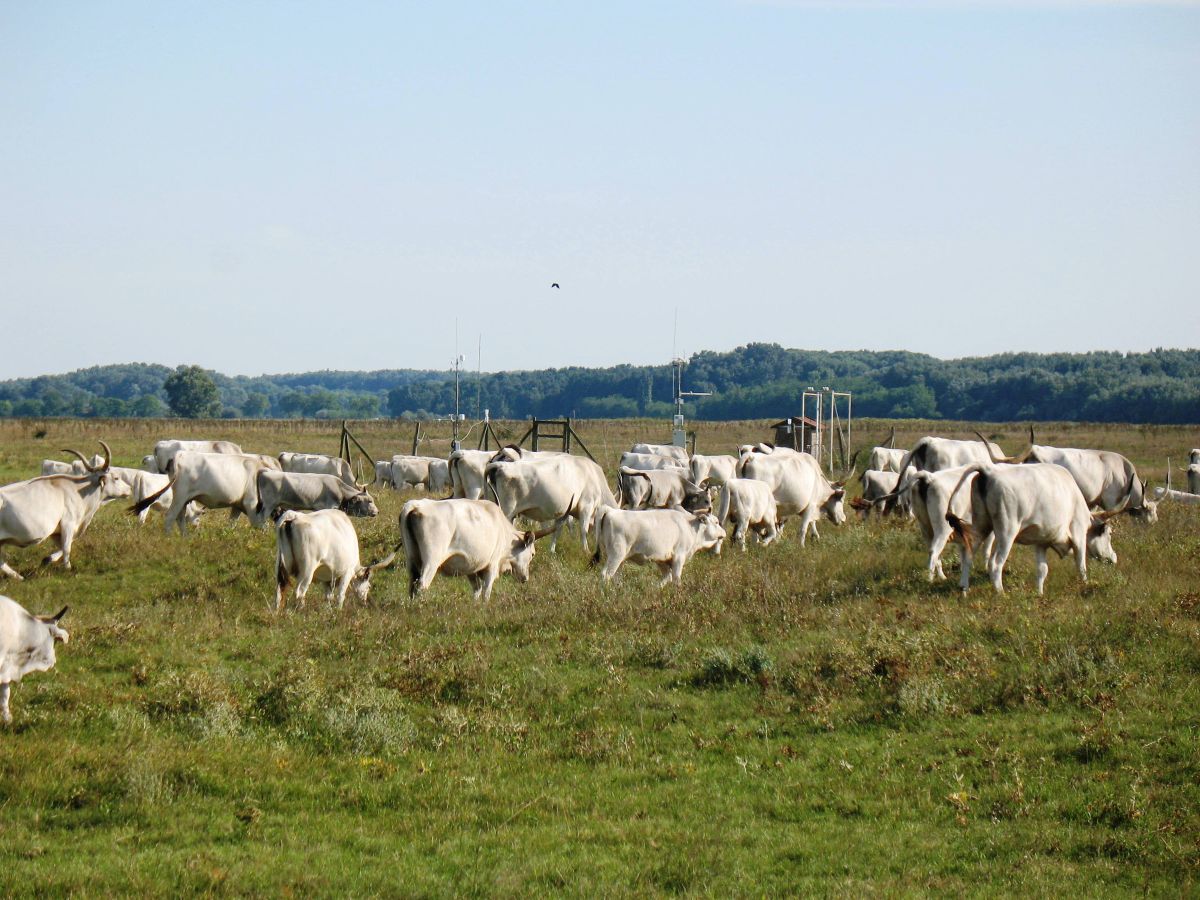
The ecological role of Hungarian grasslands is very diverse: they are important in maintaining biodiversity, but they also play a significant role in agricultural production, water retention, and soil protection. However, they also have a function that is perhaps not known to everyone: they have a significant carbon sequestration capacity. Although this carbon sequestration capacity is smaller than the carbon sequestration of forests per unit area, it is still very significant, especially because grasslands primarily store the sequestered carbon stock not in plant biomass, but in the organic matter content of the soil, and moreover, over a fairly long term.
How long the carbon stored in the soil is stored depends on many factors. One of the most important of these is the activity of the soil microflora, but equally important is the biological activity of the plants in the soil. On the one hand, plants emit significant amounts of CO2 through their roots, and on the other hand, they provide organic matter to microorganisms directly attached to their roots or living in the environment of the roots (rhizosphere), thus increasing the rate of decomposition processes and the resulting CO2 emissions. Soil respiration is made up of these main components which is one of the most significant element of the carbon cycle of ecological systems.
In a research conducted by the MATE and the Centre for ecological research, we examined the functioning of a dry pasture in Kiskunság, primarily the relationship between CO2 taken up during photosynthesis and released through the soil. We were curious about which carbon source primarily determines the amount of carbon released from the soil, the CO2 stored in the organic matter content of the soil, or the CO2 which was “freshly” taken up by plants? Between 2012 and 2020, measurements were taken a total of 23 times at 78 permanent points. The special feature of the area – in addition to being a highly protected by the Kiskunság National Park – is that a measuring station (eddy-covariance micro meteorological station) has been operating here since 2002, which measures the CO2 and water vapor currents between the surface and the atmosphere, making it suitable for measuring the amount of carbon taken up through photosynthesis.
The results of the research were somewhat surprising, as they showed that the amount of carbon actually taken up and released into the soil by plants determined the extent of soil biological activity a much greater extent than the amount of carbon stored in the soil, despite the fact that the carbon content varied in a very wide range (1.1-14%) in the sample area. The fact that photosynthetic CO2 uptake can be just as decisive factor in soil carbon turnover and CO2 emission as the main environmental factors (temperature, soil moisture) was little known until now and may be important information for biogeochemical models. The negligible role of soil carbon content may be explained by the microbial usability of different forms of the carbon pool, as there are fractions that are more and less easily usable by microbes, the amount of which is determined by the physical structure of the soil.

This knowledge is extremely important for understanding the functioning of carbon turnover, especially in view of the accelerating climate change. If the soil and biomass breathe out more CO2 than they absorb then carbon is being lost from the ecosystem. Preserving and maintaining the functions of grasslands is important from environmental, nature conservational and agricultural aspects.
János Balogh (MATE Department of Plant Physiology and Plant Ecology, balogh.janos@uni-mate.hu)
Péter Koncz (HUN-REN ÖK Restoration Ecology Research Group, koncz.peter@ecolres.hu)
Featured image: Ecosystem-scale carbon dioxide flux measuring station with the grey cattle hard in Bugac


